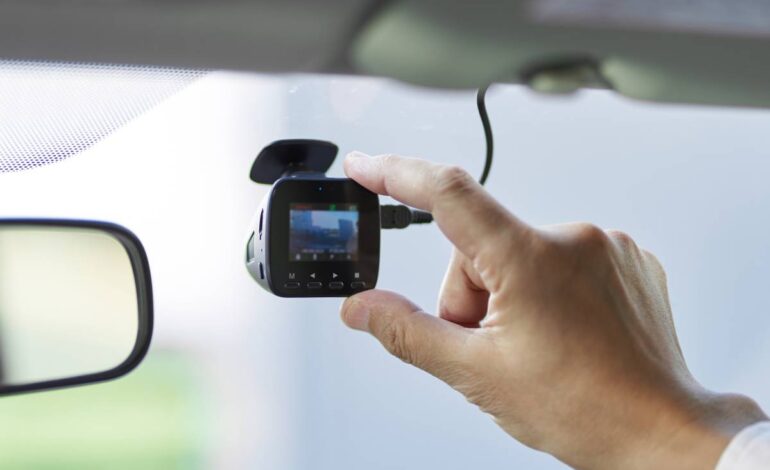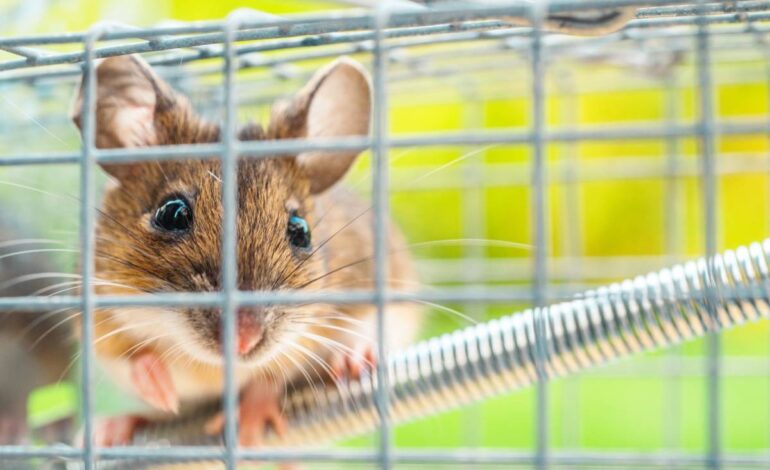
Best Baits for Mouse Traps & Why You’re Missing Catching Mice
If you’ve set out traps for rats or mice but aren’t catching anything, you’re not alone. Many homeowners discover that choosing the right bait and using it correctly isn’t as simple as it looks. The truth is, rodents are picky, cautious, and smarter than most people realise. In this guide, we’ll break down the best bait to use for both rat and mouse traps, and the most common reasons those traps stay frustratingly empty. With a few small adjustments, you can dramatically improve your trapping success.
The Best Bait for Mouse Traps
Mice are opportunistic omnivores with a strong preference for high-calorie, aromatic foods. They do not generally crave cheese, at least not the way cartoons suggest, though cheese can work in certain situations. The best baits appeal to their instincts and deliver scents they can detect from a distance.
Top Baits for Mice
1. Peanut Butter (Most Effective Overall)
If there is a gold standard for mouse bait, it’s peanut butter. Its strong smell, stickiness, and high fat/protein content make it irresistible. A pea-sized amount is enough. The stickiness ensures that mice must tug at it, which improves trap activation.
2. Hazelnut Spread (Nutella)
Mice love sugary foods, and the strong chocolate-nut aroma travels well. This is a great alternative if peanut butter isn’t working or if allergies prevent using it.
3. Seeds or Nuts
Sunflower seeds, pumpkin seeds, or crushed peanuts make excellent bait, especially for seed-loving species such as deer mice. Use just a few pieces and secure them with a smear of peanut butter to keep the mouse from easily running away with them.
4. Pet Food
Dry cat or dog kibble is surprisingly effective. It works well in homes with pets because mice are familiar with the scent.
5. Small Bits of Fruit or Berries
Fresh or dried fruit, raisins, or apple slices attract mice due to their sugar content. Dried fruit works better than fresh because it’s less likely to rot and won’t lose its scent as quickly.
6. Bacon or Jerky
Protein-rich, oily foods attract mice in areas where they scavenge human meals. Cooked bacon, bacon grease, or small pieces of jerky can draw them in and withstand cold temperatures.
7. Commercial Mouse Attractant Gels
These products mimic natural food scents and are designed to stay sticky. They can be a cleaner option for some households and last longer than fresh food baits.
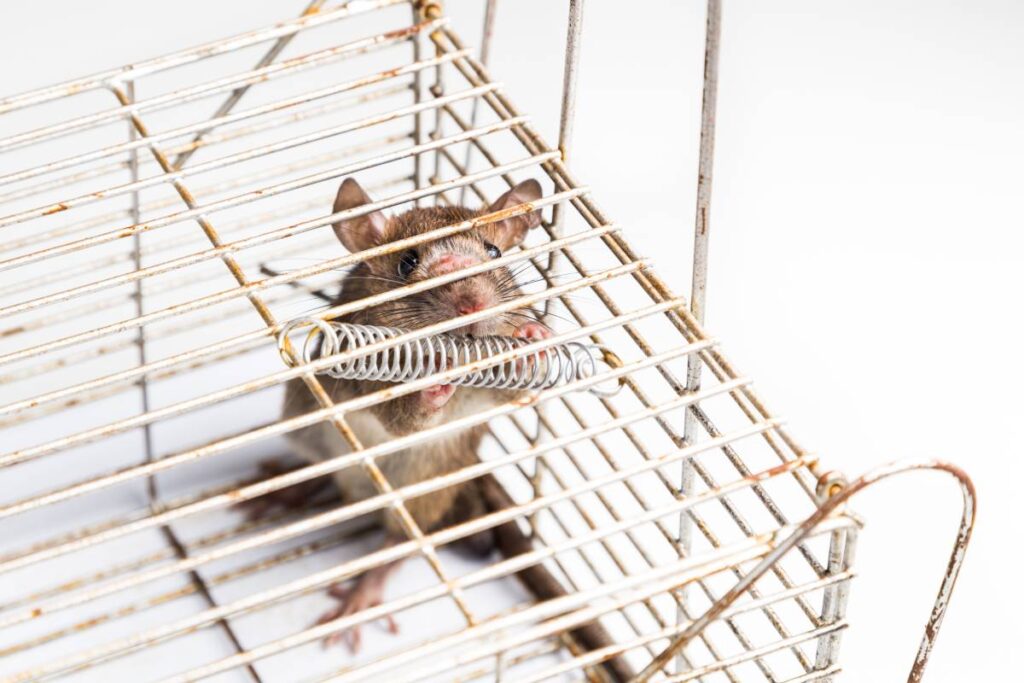
The Best Bait for Rat Traps
Rats are bigger, more cautious, and more food-motivated than mice. Different species prefer different foods:
- Norway rats (the large, brown, sewer rats) prefer fatty, protein-rich foods.
- Roof rats (slender, black rats often found in attics and trees) prefer fruit, nuts, and plant materials.
Knowing which species you’re dealing with helps you choose the best bait.
Top Baits for Rats
1. Peanut Butter (Works for Both Species)
Its protein and fat content attract Norway rats, while its sweetness appeals to roof rats. Its smell carries well, and it stays put on the trigger.
2. Meat and Protein Scraps
Ideal for Norway rats. Try:
- Bacon
- Sausage
- Fried chicken skin
- Dried fish
Secure oily meats firmly to prevent theft.
3. Fruits (Roof Rat Favourite)
Pieces of apple, banana, berries, or citrus peel work well in attic and garage infestations. Dried fruit like apricot or cranberry, is especially effective because it keeps longer.
4. Nuts and Seeds
Roof rats are fond of almonds, walnuts, and sunflower seeds. Again, securing them with sticky bait prevents rats from stealing without tripping the trap.
5. Nut Spreads and Chocolate
Rats find chocolate highly appealing. Chocolate hazelnut spread works for both species and remains sticky.
6. Grains and Bread
Rats in kitchens or pantries respond well to bread, crackers, breakfast cereal, and pasta—foods they may have already been nibbling.
7. Commercial Rat Attractants
These professionally formulated gels often outperform homemade bait and are ideal when you need a long-lasting scent.
How to Use Bait Correctly
Whether dealing with rats or mice, how you place the bait is as important as what you use.
1. Use a Small Amount
Many people use too much bait. A large blob allows the rodent to nibble without activating the trap. A pea-sized portion forces them to tug, which triggers the snap.
2. Secure the Bait
Use peanut butter or commercial gels as “glue” to hold seeds, fruit bits, or meat in place. For snap traps with holes in the bait cup, thread soft foods or tie solid food with dental floss.
3. Refresh Bait Frequently
Mice and rats rely heavily on smell. Once bait becomes stale, dry, or contaminated with dust, it loses effectiveness. Replace every 48–72 hours.
4. Wear Gloves When Handling Traps
Rodents can detect human scent. Using gloves minimises their suspicion.
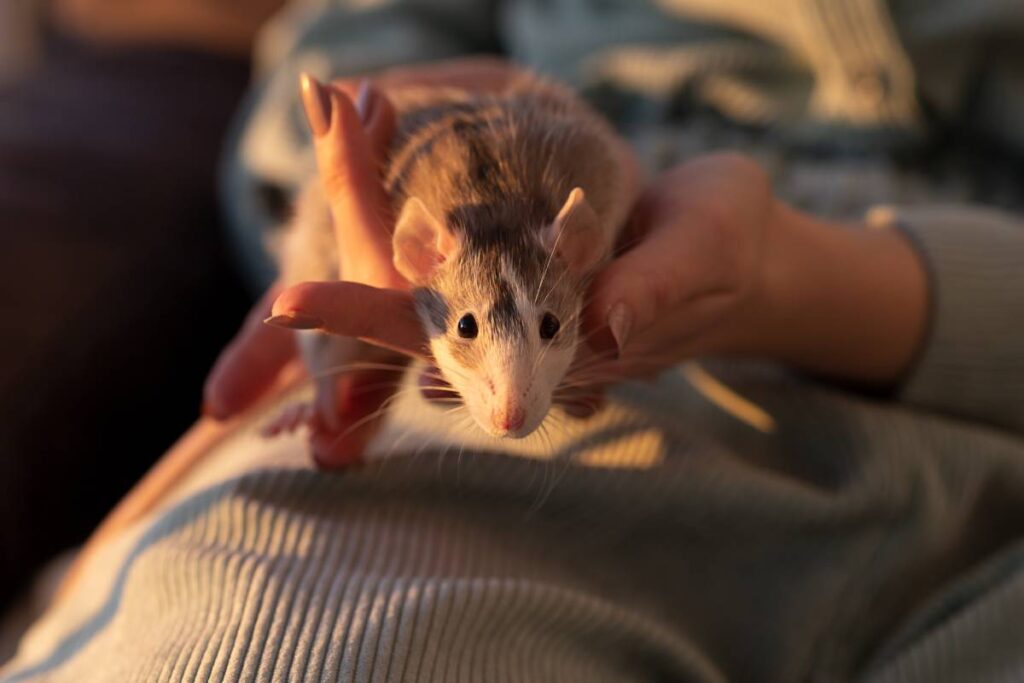
Why Aren’t You Catching Mice or Rats?
Even the best bait won’t help if your trapping strategy has weak points. Here are the most common reasons traps fail and how to fix each one.
1. The Traps Are in the Wrong Place
Rodents rarely cross open rooms. They prefer travelling along walls, behind furniture, storage areas, or near food sources. If your traps are not on an active runway, you won’t catch anything.
Fix:
Place traps:
- Against walls (with the bait side touching the wall)
- Behind appliances
- Under sinks
- Along attic beams or rafters (for roof rats)
- Near droppings or gnaw marks
For mice, traps should be spaced 6–10 feet apart; for rats, 15–30 feet apart is ideal.
2. You’re Using Too Few Traps
A common beginner mistake is setting only one or two traps. A mouse can produce dozens of offspring a year, and rats live in colonies.
Fix:
Use multiple traps simultaneously.
For a small home infestation:
- Mice: 6–12 traps
- Rats: 3–6 traps
More traps = higher catch rate.
3. Rodents Have Already Learned to Avoid Your Traps
Both rats and adult mice can become trap-shy if:
- A trap snaps without catching them
- They see or feel disturbed traps
- They detect human scent
- They are injured but escape
Rats, in particular, are extremely cautious and may avoid new objects entirely.
Fix:
Try pre-baiting:
- Place traps unarmed with bait for 2–3 days.
- Allow rodents to eat without consequence.
- Arm the traps on day 3 or 4.
This eliminates suspicion and dramatically increases success.
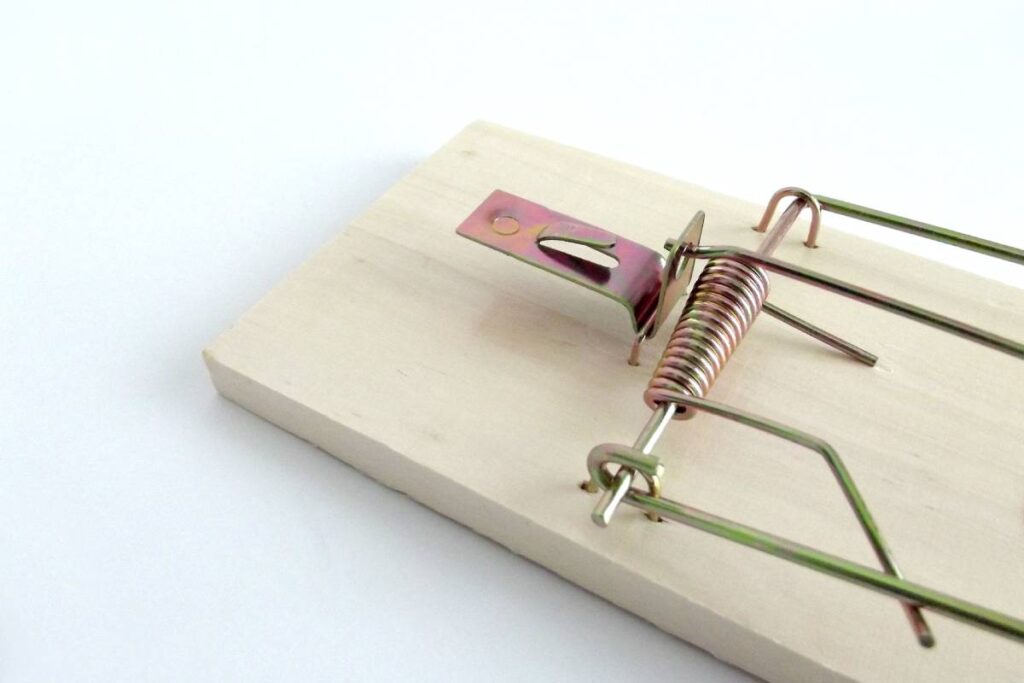
4. You’re Using the Wrong Trap Type
Not all traps work equally well in all situations.
For mice:
- Snap traps are most reliable
- Electronic traps work well with food-motivated mice
- Glue traps rarely succeed with large mice and may be inhumane
For rats:
- Snap traps with larger bait cups
- Electronic rat traps (more expensive but effective)
- Live traps if relocation is your goal
A mousetrap will not catch a rat. Rats are too large to be held.
5. There Are Too Many Competing Food Sources
If rodents have easy access to dog food, spilled grain, bird seed, or pantry items, your bait suddenly looks less appealing.
Fix:
Eliminate food sources:
- Store all pantry items in sealed containers
- Clean crumbs under stoves and refrigerators
- Keep trash bins tightly closed
- Remove pet food at night
- Store bird seed in metal containers
Once access to food is limited, trap success increases dramatically.
6. Rodents Are Not Hungry Enough
This is especially common in warm months or outdoor environments. Rodents that have abundant natural food fruits, seeds, insects, and garbage, may ignore your traps completely.
Fix:
Use irresistible bait options such as peanut butter mixed with:
- Bacon grease
- Chocolate
- Oatmeal
You can also switch to stronger-scented baits (dried fruit, jerky) or commercial attractants.
7. You’re Catching Some, But Not All
Catching one or two doesn’t mean the problem is solved. Rodents often live in colonies.
Fix:
Combine trapping with:
- Sealing entry holes
- Removing food sources
- Adding more traps
- Monitoring activity daily
If the problem persists, a licensed technician such as SWAT Pest Control Brisbane.com.au can inspect your property and eliminate hidden nesting sites.
Conclusion
The key to successful rodent control is understanding behaviour, using the right bait, and placing traps strategically. Whether you’re dealing with one clever mouse or an entire rat colony, the combination of proper bait, smart trap placement, and persistence will dramatically increase your chances of success.

